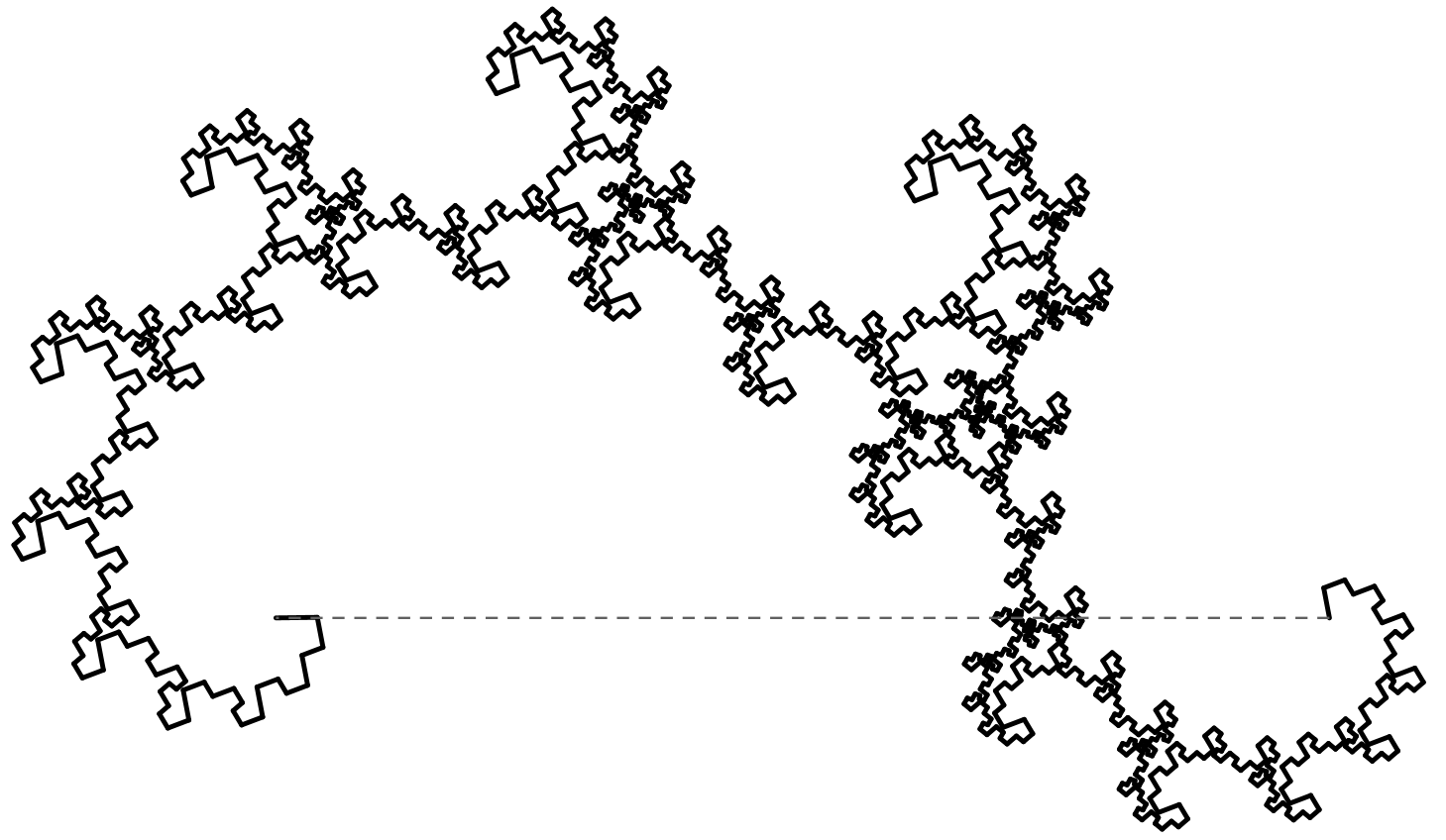
Linear Algebra & Applications
2201NSC
Week 11 - Affine Transformations

Problem 1
Find an affine transformation in $\mathbb R^2$ that takes the triangle with vertices at $(0,0),$ $(0,1),$ $(1,0)$ to the triangle with vertices at $(4,5),$ $(-1,2),$ and $(3,0).$ What do you think happens to a circle inscribed in the original triangle under this transformation?
Just enter your name or nickname to access. You do not need to have a GeoGebra account.
Problem 1 (cont.)
Find an affine transformation in $\mathbb R^2$ that takes the triangle with vertices at $(0,0),$ $(0,1),$ $(1,0)$ to the triangle with vertices at $(4,5),$ $(-1,2),$ and $(3,0).$ What do you think happens to a circle inscribed in the original triangle under this transformation?
Problem 1 (cont.)
Find an affine transformation in $\mathbb R^2$ that takes the triangle with vertices at $(0,0),$ $(0,1),$ $(1,0)$ to the triangle with vertices at $(4,5),$ $(-1,2),$ and $(3,0).$ What do you think happens to a circle inscribed in the original triangle under this transformation?
Problem 2
The matrix
\( A = \begin{pmatrix} \cos \theta & -\sin \theta \\ \sin \theta & \cos \theta \end{pmatrix} \)
represents a counterclockwise rotation by angle \(\theta\) about the origin in \(\mathbb{R}^2\).
- Describe the steps to perform a rotation about an arbitrary point \(P = (x_0, y_0)\) instead of the origin.
- Use homogeneous coordinates to construct a matrix that performs a rotation by angle \(\theta\) about an arbitrary point \(P = (x_0, y_0)\).
Problem 2 (cont.)
\( A = \begin{pmatrix} \cos \theta & -\sin \theta \\ \sin \theta & \cos \theta \end{pmatrix} \)
a. Describe the steps to perform a rotation about an arbitrary point \(P = (x_0, y_0)\) instead of the origin.
Problem 2 (cont.)
\( A = \begin{pmatrix} \cos \theta & -\sin \theta \\ \sin \theta & \cos \theta \end{pmatrix} \)
b. Use homogeneous coordinates to construct a matrix that performs a rotation by angle \(\theta\) about an arbitrary point \(P = (x_0, y_0)\).
Problem 3
Consider the vector \( \mathbf{x} = (x, y, z)^T \), embedded into 4D space using homogeneous coordinates by appending a fourth component equal to 1:
\( \begin{pmatrix} x \\ y \\ z \end{pmatrix} \;\; \Rightarrow \;\; \begin{pmatrix} x \\ y \\ z \\ 1 \end{pmatrix}. \)
-
Provide the homogeneous transformation matrices
for the following basic affine transformations in \(\mathbb{R}^3\):
(i) Translation, (ii) Scaling, (iii) Shearing, (iv) Rotation about $x$-axis, $y$-axis and $z$-axis.
Problem 3 (cont.)
- Multiply the $4 \times 4$ matrix $A_1$ for translation along $\mathbf x_1 = (1, 4, 3)^T$ and the matrix $A_2$ for translation along $\mathbf x_2=(0, 2, 5)^T.$ What geometric transformation corresponds to the product $A_1A_2$?
- What $4\times 4$ matrix would move a corner of a cube to the origin and then multiply all lengths by 2? The corner of the cube is originally at $(1, 1, 2).$
Problem 4
Let $T$ be an affine transformation in $\mathbb R^n.$
a. Show that $T$ is not linear.
b. If $\mathbf x, \mathbf y, \mathbf z\in \mathbb R^n,$ show that $T$ obeys the law \[ T(\mathbf x- \mathbf y+\mathbf z) = T(\mathbf x)- T(\mathbf y)+T(\mathbf z) . \]
Problem 4 (cont.)
Let $T$ be an affine transformation in $\mathbb R^n.$
b. If $\mathbf x, \mathbf y, \mathbf z\in \mathbb R^n,$ show that $T$ obeys the law \[ T(\mathbf x- \mathbf y+\mathbf z) = T(\mathbf x)- T(\mathbf y)+T(\mathbf z) . \]